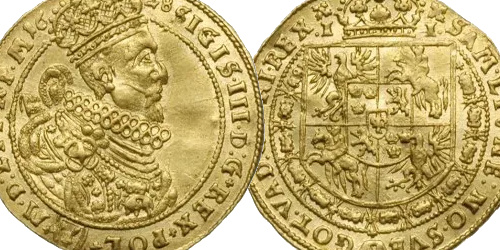17th/18th century
Oil on canvas, relined
81 x 136 cm
The present painting is probably a scene from the life of the legendary wife of Sultan Süleyman the Magnificent, namely Sultana Hürrem (c. 1500-1558). In Europe she was known as Roxelane and La Rossa. It is believed that she came from Ruthenia (Ukraine and Belarus), was probably abducted by Crimean Tatars in 1516, and sold into the slave trade. Chained up, the captives had to march all the way to Kaffa, the largest slave market on the Crimean coast on the Black Sea. There they were sold to the highest bidder. When and how Hürrem came to Istanbul and to Suleyman's harem is not known. It is possible that she was bought from the Istanbul slave market by Ibrahim Pasha, Suleyman's closest confidant, and given to him as a gift. She is first mentioned in 1526 by the Venetian ambassador Pietro Bragadin. She quickly rose to become the Sultan's principal wife, displacing his previous favourite Mahidevran. Dramatic disputes occurred between the two women, now rivals, if Venetian accounts are to be believed. These accounts circulated in Europe and caused a fascination with Hürrem.
The scene shows a group of people in an undefined, stony foreground. Behind them the wide, open sea can be seen. Thick, heavy, and grey clouds have gathered, obscuring the sun, which appears on the horizon as a pale pink streak of light. A specific location cannot be made out, but the costumes suggest that they are Ottomans. Considering that Kaffa on the Crimean coast was the largest exporter of white slaves, from where the captives were shipped across the Black Sea, this is probably a region north of the Black Sea. Ships are floating on the calm surface of the water; the sails are not hoisted. The flag probably reveals the identity of the painter: this is likely a Dutch work.
At the centre of the action is a female figure, dressed in a white shirt, blue skirt, and red sash, with light-coloured skin and contrasting red hair. Considering the fascination with the Orient as well as with the legendary Roxelane, this figure can be identified with this woman, the later sultana. Her hands are crossed and tied in front of her body. Her head is humbly tilted to the side, and her gaze is averted from the scene on the right. To her left is a man with a moustache who seems to be holding her and pointing at her. He wears a turban, a coat and waistcoat over a white shirt with long sleeves. The loose trousers are reminiscent of the Turkish Şalvar (baggy trousers). There is a dagger in his sash, which makes the man look rather dangerous. This must be the slave trader who is negotiating with a potential customer. The latter is wearing a luxurious coat with a fur collar, a turban is also on his head. He holds a purse in his hand, and has his right hand outstretched questioningly. Behind him, another man in similar clothing can be seen - possibly the slave's later owner, who has a mediator haggle for him? Perhaps even Ibrahim Pasha himself? Two seated, chained figures represent other slaves who probably have not caught the eye of the buyer.
All in all, the action has the mystical-exotic aura of Orientalism, and the action is clearly located in the Orient due to the Ottoman clothing. It could be that fateful moment when the young Roxelane first encounters the Ottomans and is taken by them to the palace, where she will fuel numerous legends, the fascination of which continues to this day.
Bibliography:
Marc David Baer, The Ottomans. Khans, Caesars and Caliphs, London 2021.
Leslie Peirce, Empress of the East. How a European Slave Girl Became Queen of the Ottoman Empire, New York 2017.
Galina Yermolenko, Roxolana in European Literature, History and Culture, Farnham 2010.



























